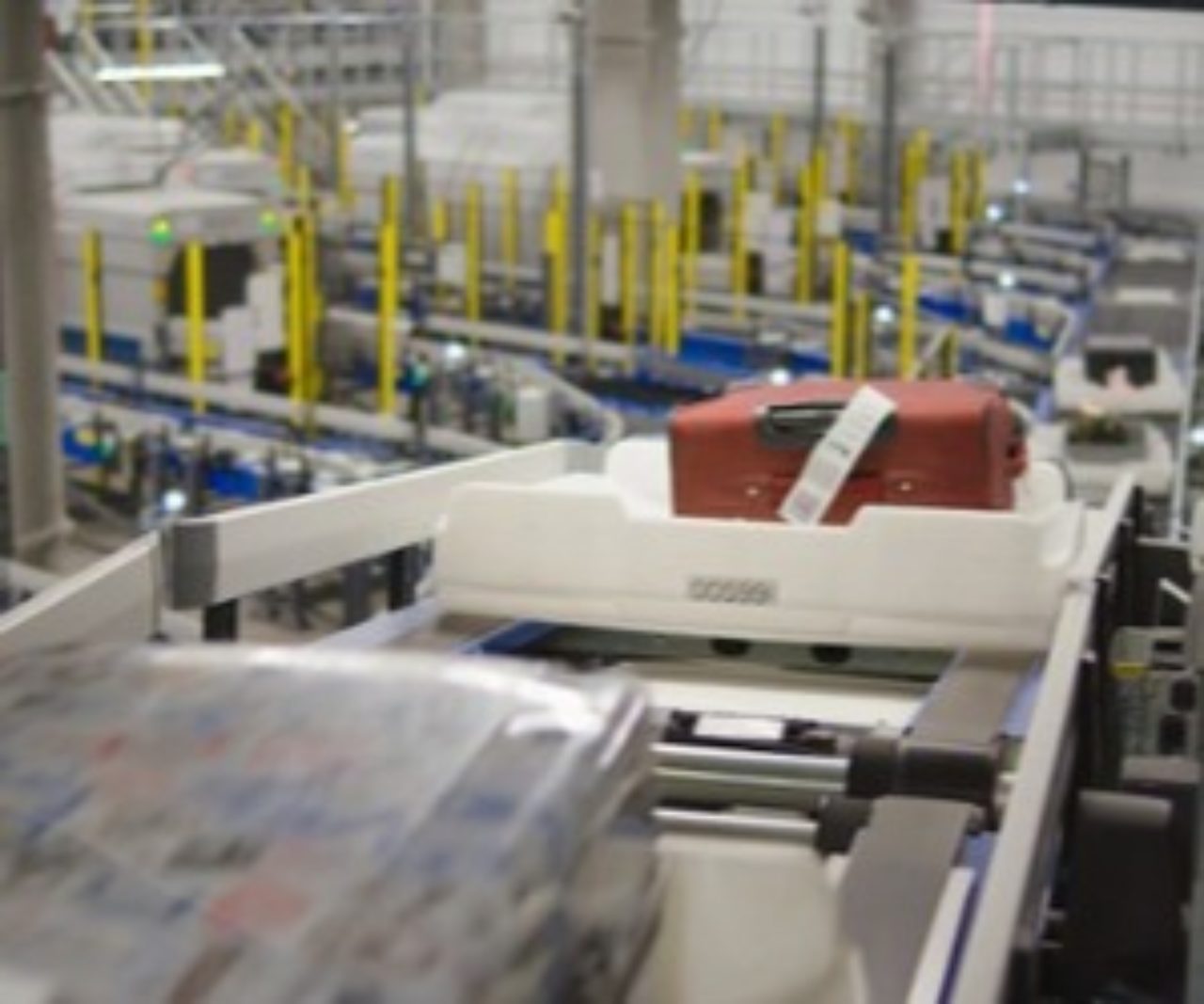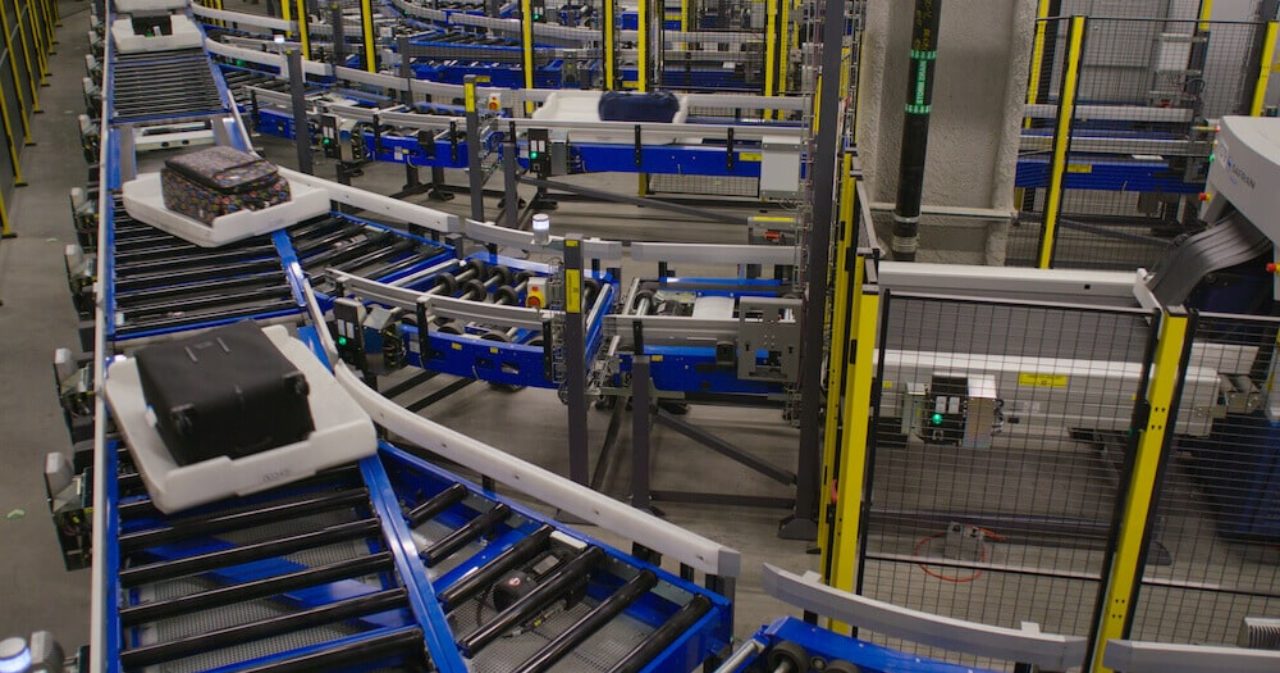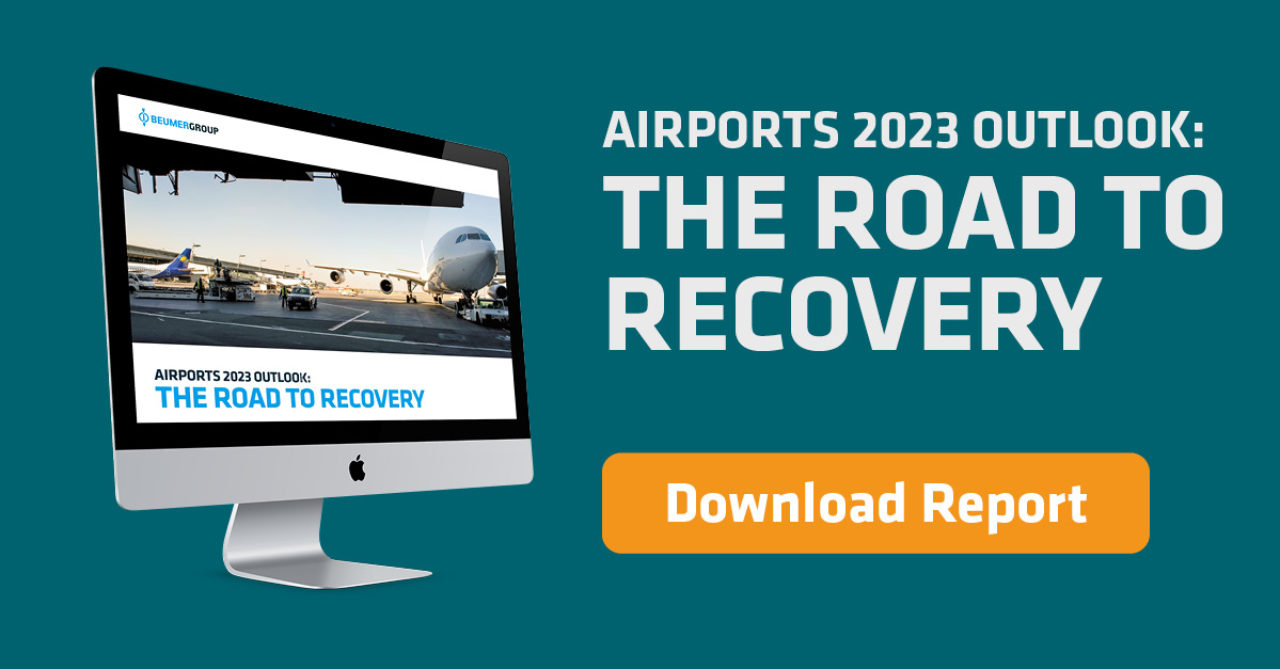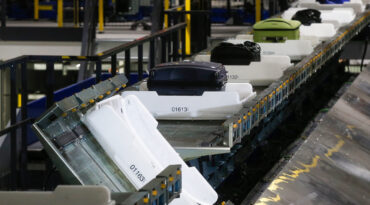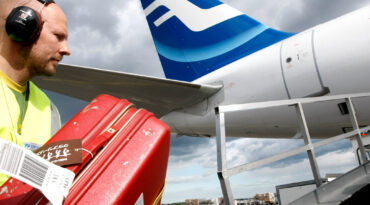By Moritz Bender
Despite the financial crunch airports experienced as a result of COVID-19, the BHS continues to be critical infrastructure to the airport. So while it’s tempting, it’s inadvisable for airports to make their BHS the primary focus of reductions in their overall infrastructure design elements.
Here’s why.
What makes the BHS critical infrastructure?
It’s not hard to see why airports regard their BHS less as an added value and more as a cost. Baggage handling involves sorting, screening, storing and handling it again. It’s hardly a nice added passenger service, such as a new lounge or restaurant. Rather, it’s a big beast and it costs money to keep running, which is why efficiency and sustainable OPEX are so important in baggage handling.
BHS as essential and technical complexes
At the same time, however, airport IT and baggage handling are the most essential and technical complexes within the airport. These systems come with the risk of totally disturbing airport operations. Baggage that doesn’t arrive or hasn’t been cleared will interrupt the entire airport, impacting not only on the passenger experience but the airlines – the biggest stakeholders – who are in the business of flying passengers and not waiting on the ground for baggage.
While the BHS is essential, it is also highly complex. It must comply with numerous regulatory and security requirements, all while matching flight schedules. Just look at the process for checking a bag: the system matches the bag against IATA (or equivalent) requirements, logging its weight and dimensions – and that’s before the bag even enters the system. On top of that, the system must deal with late bags, early bags and bags that have no identifiable data. And not forgetting that no two bags are alike.
The ability of the BHS to connect all stakeholders
Considering all of this, we can see why the BHS is so critical to airport operations. It has the ability to connect everything – airports, airlines, transfer baggage – and also has an impact on many other services in the airport.

